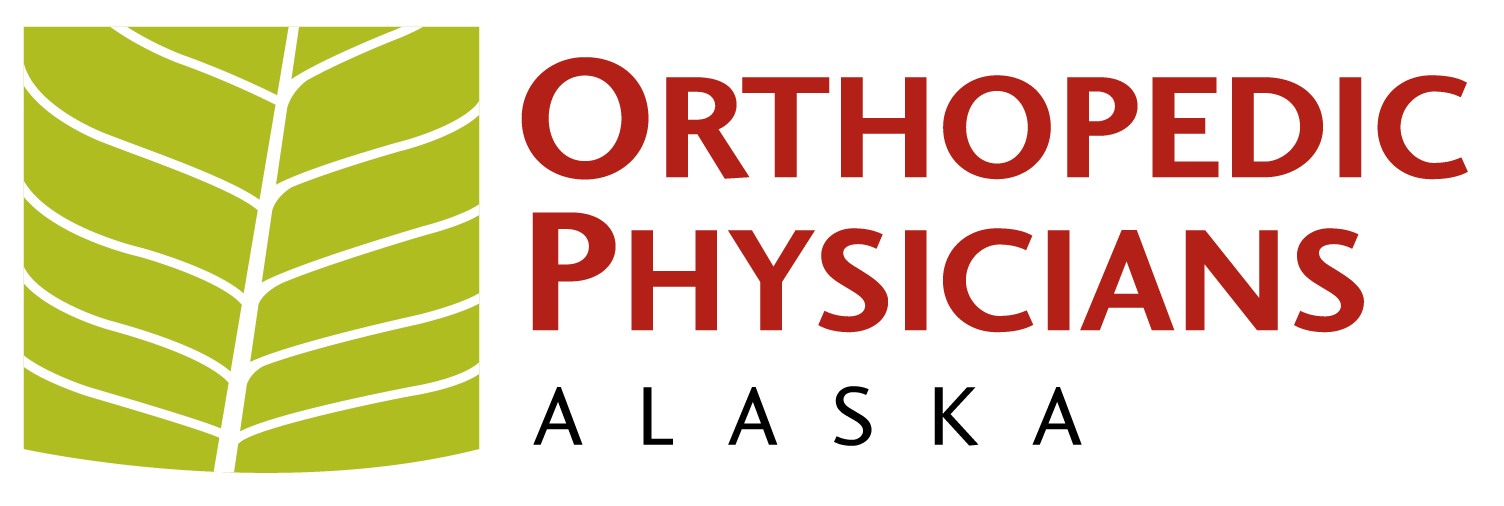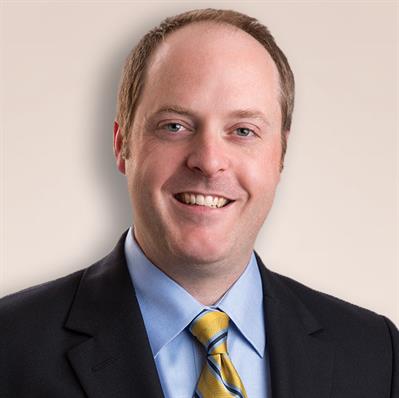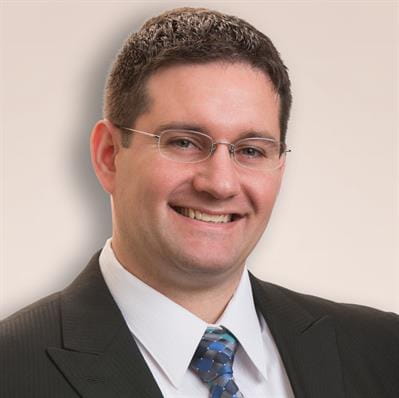Shoulder
Conditions involving the shoulder range from extremely painful and debilitating to chronic or nagging pain that over time can impact your mobility and quality of life. There are many causes of shoulder pain. And there are many solutions.
Common Shoulder Conditions
The shoulder joint is capable of a wider range of motion than any other joint in the body. It’s also susceptible to a wide range of injuries and conditions.
Common Treatment Options
OPA offers comprehensive treatment options for every shoulder condition from simple sprains and tendonitis to complex rotator cuff injuries and osteoarthritic conditions requiring total replacement.
Physical Therapy
Home Exercise
Medication
Traction
Lifestyle Modification
All OPA physicians are board certified and several within the shoulder team have additional fellowship training in areas such as total joint replacement, trauma and sports medicine. As with all OPA care teams, our providers consult with each other and use their collective expertise to offer patients the most appropriate and effective treatment plans possible.
Shoulder Pain
The shoulder is a ball-and-socket joint that consists of several interconnected parts. The acromioclavicular (AC) joint connects the upper part of the shoulder blade to the collarbone, or clavicle. The glenohumeral joint connects the shoulder socket, or glenoid, which extends from the shoulder blade, to the arm bone, or humerus. The shoulders flexibility can make it prone to injury.
Shoulder Arthritis
The head of the humerus, the glenoid cavity of the scapula, and clavicle form the ball and socket shoulder joint. The joint is very important because it helps move the arm. Like all joints of the body, the shoulder is susceptible to arthritis, a disease characterized by the wear and tear of joint bone and cartilage.
Shoulder Tendonitis
The shoulder is the most mobile joint of the body. The head of the humerus (arm bone) and glenoid cavity of the scapula (shoulder blade) form the ball and socket joint. The joint is held in place by the rotator cuff tendons and the soft tissue glenoid labrum. Shoulder tendonitis is the inflammation of the rotator cuff tendons. The tendons stabilize the shoulder and help it move. They become irritated and inflamed when overused.
Shoulder Instability
The humerus (arm bone), the glenoid cavity of the scapula (shoulder blade), and clavicle (collarbone) are the bones that make up the shoulder joint. Important structures that stabilize the joint are:
- Ligaments connect bones to bones.
- Tendons connect muscles to bones.
- The glenoid labrum helps the humerus fit perfectly in the glenoid cavity.
An injury to any of these important structures can cause shoulder instability. Common injuries are rotator cuff, glenoid labrum partial and complete tears.
Shoulder Bursitis
The shoulder is a ball and socket joint made up of the humerus, scapula, and clavicle bones. The shoulder bursae are small fluid-filled sacs that rest between the bones. The bursae are important because they prevent the bones from rubbing directly against one another. Shoulder bursitis, which is inflammation of the bursae, is a common condition.
Frozen Shoulder Syndrome
The humerus, scapula, and clavicle bones form the shoulder joint. The shoulder capsule is a band of connective tissue that covers the head of the humerus and glenoid cavity of the scapula. The shoulder capsule helps stabilize the shoulder. Synovial fluid inside the capsule helps the move the shoulder.
Frozen shoulder occurs when the shoulder capsule thickens, adhesions form and synovial fluid decreases. Frozen shoulder occurs gradually over several months or years
OPA Shoulder Providers
The OPA team includes Alaska’s leading shoulder specialists and offers some of the latest, most advanced treatment procedures available today.
OPA treats a wide variety of conditions and offers comprehensive treatment options — including many non-surgical solutions, minimally invasive, and total joint replacements.
All treatments work to restore pain-free function that allows patients to lead active, fulfilling lives, be it walking pain-free or getting back into athletic action.
Our Shoulder Providers

Shoulder

Sports Medicine

Joint Replacement

Sports Medicine
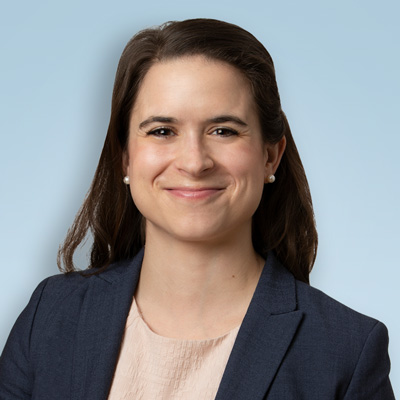
Shoulder

Shoulder
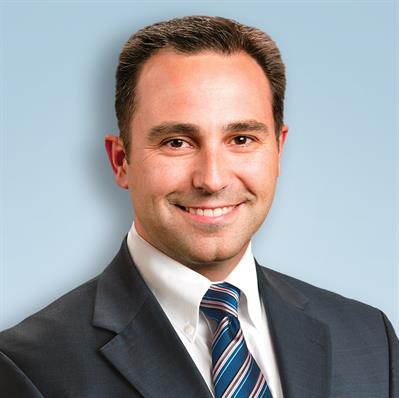
Sports Medicine
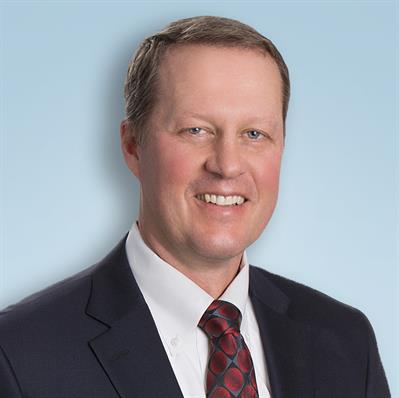
Joint Replacement

Joint Replacement

Joint Replacement
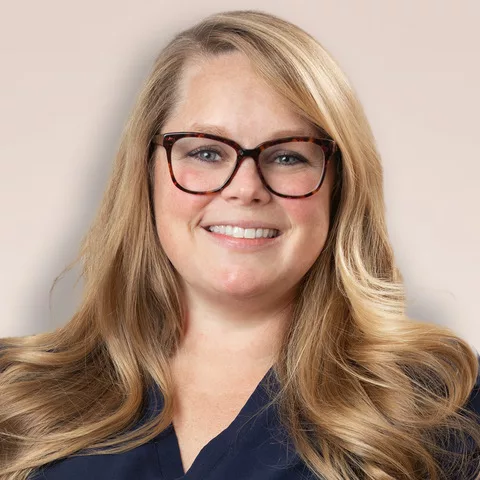
Shoulder
More Shoulder Conditions
Shoulder Impingement Syndrome
The shoulder is the most mobile joint of the body. The head of the humerus (arm bone) and glenoid cavity of the scapula (shoulder blade) form the ball and socket joint. The joint is held in place by the rotator cuff tendons and the soft tissue glenoid labrum. Shoulder Impingement Syndrome is a condition where the patients have often pain related to inflammation around the rotator cuff tendon and bursa, which may be caused by poor shoulder mechanics or an abnormal anatomy, which puts them at risk for this condition.
Shoulder Sprain
The shoulder is a ball-and-socket joint that consists of several interconnected parts. The acromioclavicular (AC) joint connects the upper part of the shoulder blade to the collarbone or clavicle. The glenohumeral joint connects the shoulder socket, or glenoid, which extends from the shoulder blade to the arm bone, or humerus. The shoulders flexibility can make it prone to injury. This often happens when stress is placed on the tissues that stabilize the shoulder.
Shoulder Fracture
The shoulder is a complex joint connecting the arm to the body. The shoulder bones include the humerus (upper arm bone), the scapula (shoulder blade) and the clavicle (collarbone). The upper end of the humerus has a ball-like shape that connects with the socket of the scapula, called the glenoid. Disruption of any of the parts of the shoulder can create difficulty with its function. There are three types of shoulder fractures; clavicle, scapula, and proximal humerus.
Shoulder Dislocation
The shoulder is the most mobile joint of the body. The head of the humerus (arm bone) and glenoid cavity of the scapula (shoulder blade) form the ball and socket joint. The joint is held in place by the rotator cuff tendons and the soft tissue glenoid labrum. A partial dislocation (subluxation) means the head of the upper arm bone (humerus) is partially out of the socket (glenoid). A complete dislocation means it is all the way out of the socket.
Rotator Cuff Tear
The rotator cuff tendons stabilize the shoulder and help it move. A rotator cuff tear occurs when one or more of the rotator cuff tendons are torn. Tendon tears can be partial or complete. They are grouped into non-degenerative and degenerative categories.
Shoulder Labrum Tear
The labrum, a circular piece of cartilage that surrounds the glenoid cavity of the scapula, it is one of the most important parts of the shoulder joint. A healthy labrum helps the head of the humerus fit perfectly in the glenoid cavity—stabilizing and moving the shoulder. A SLAP (superior labrum anterior and posterior) tear is the most common labrum injury.
AC Joint Injury
The acromion of the scapula (shoulder blade) and clavicle (collarbone) form the AC joint. The AC joint rests on the top of the shoulder—protecting it and helping it move. AC joint injuries occur with the ligament that connects the acromion and clavicle is sprained or torn.
Questions?
The OPA team includes Alaska’s leading specialists and offers some of the latest, most advanced treatment procedures available today.
OPA treats a wide variety of conditions and offers comprehensive treatment options — including many non-surgical solutions, minimally invasive arthroscopies (repairs), and total joint replacement.
